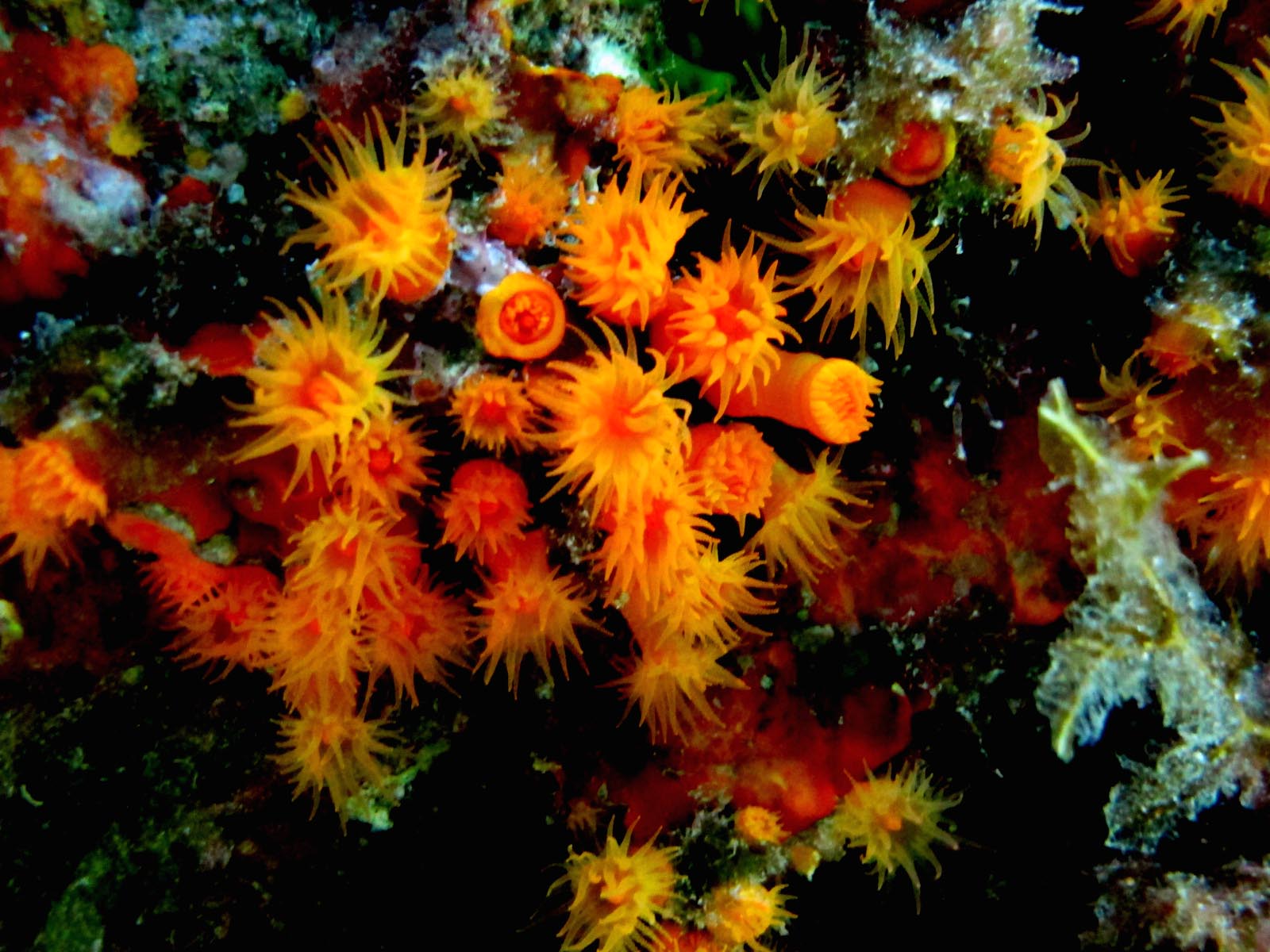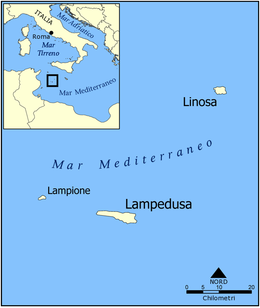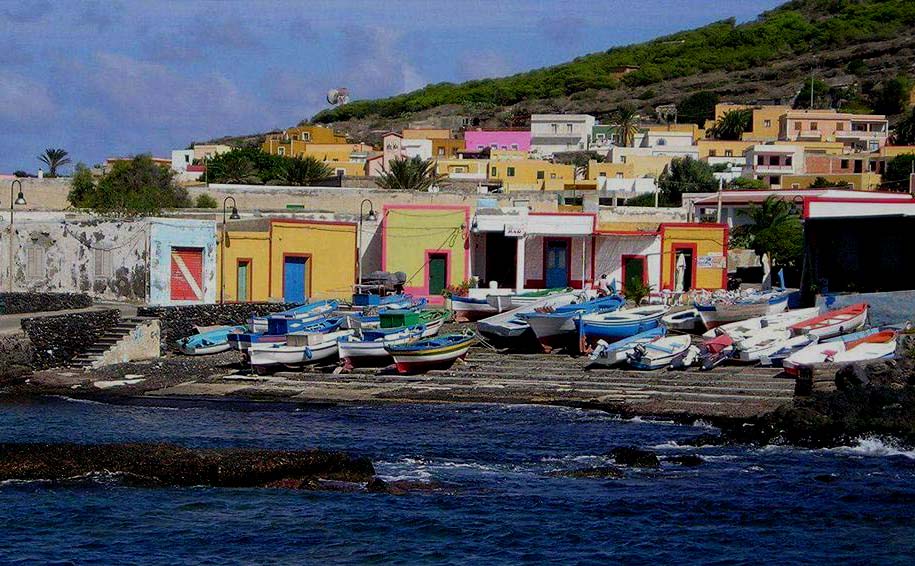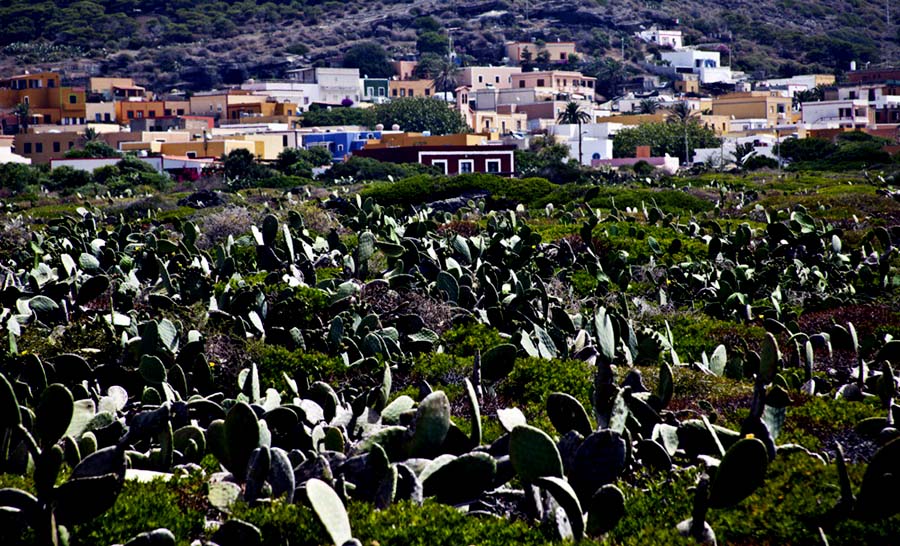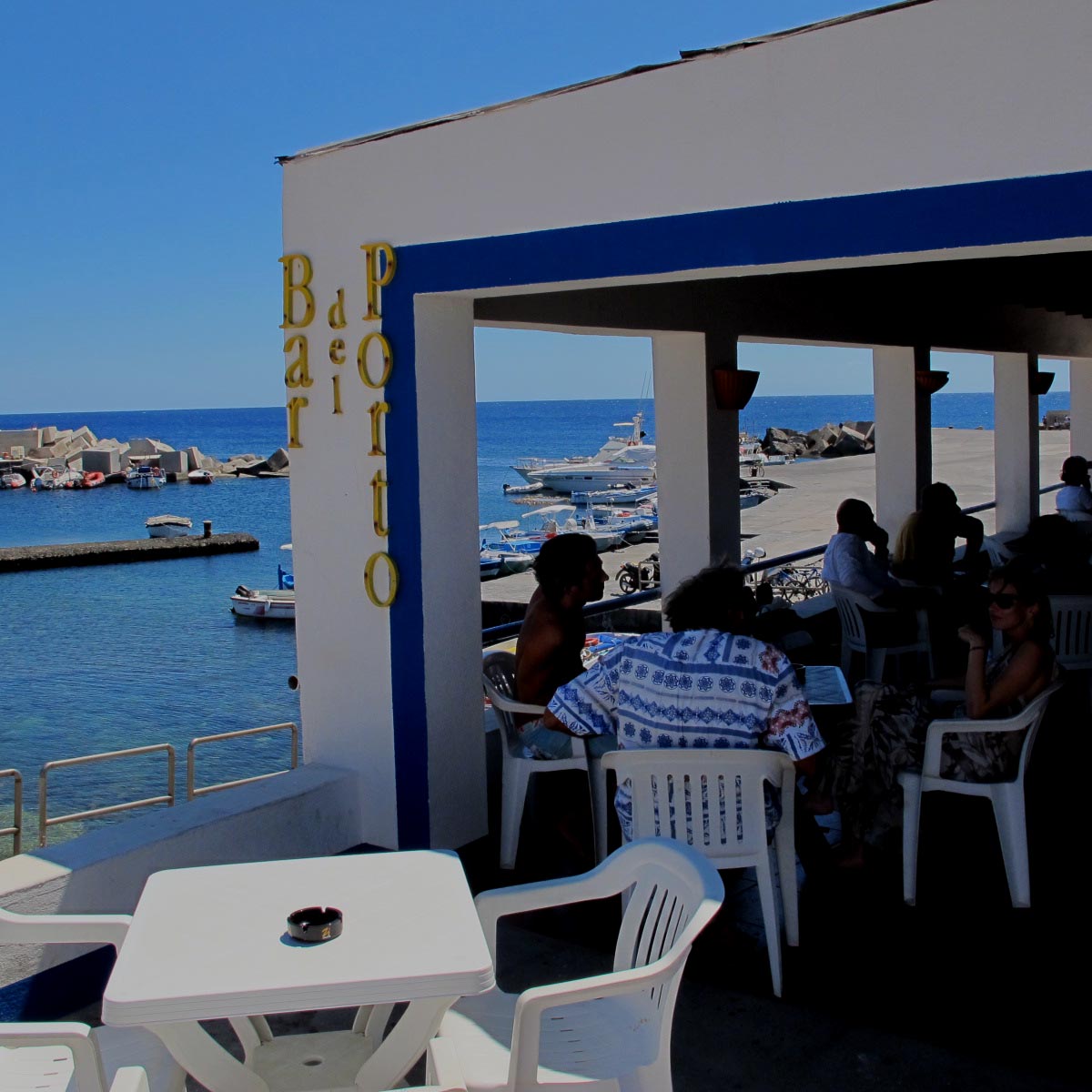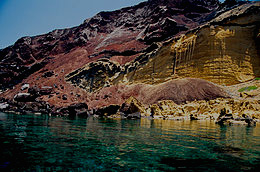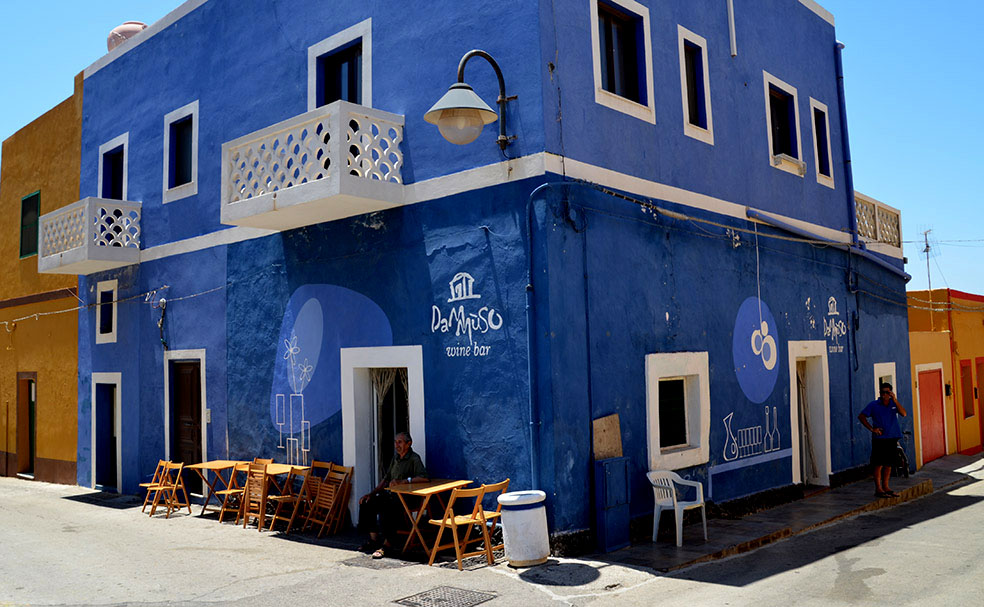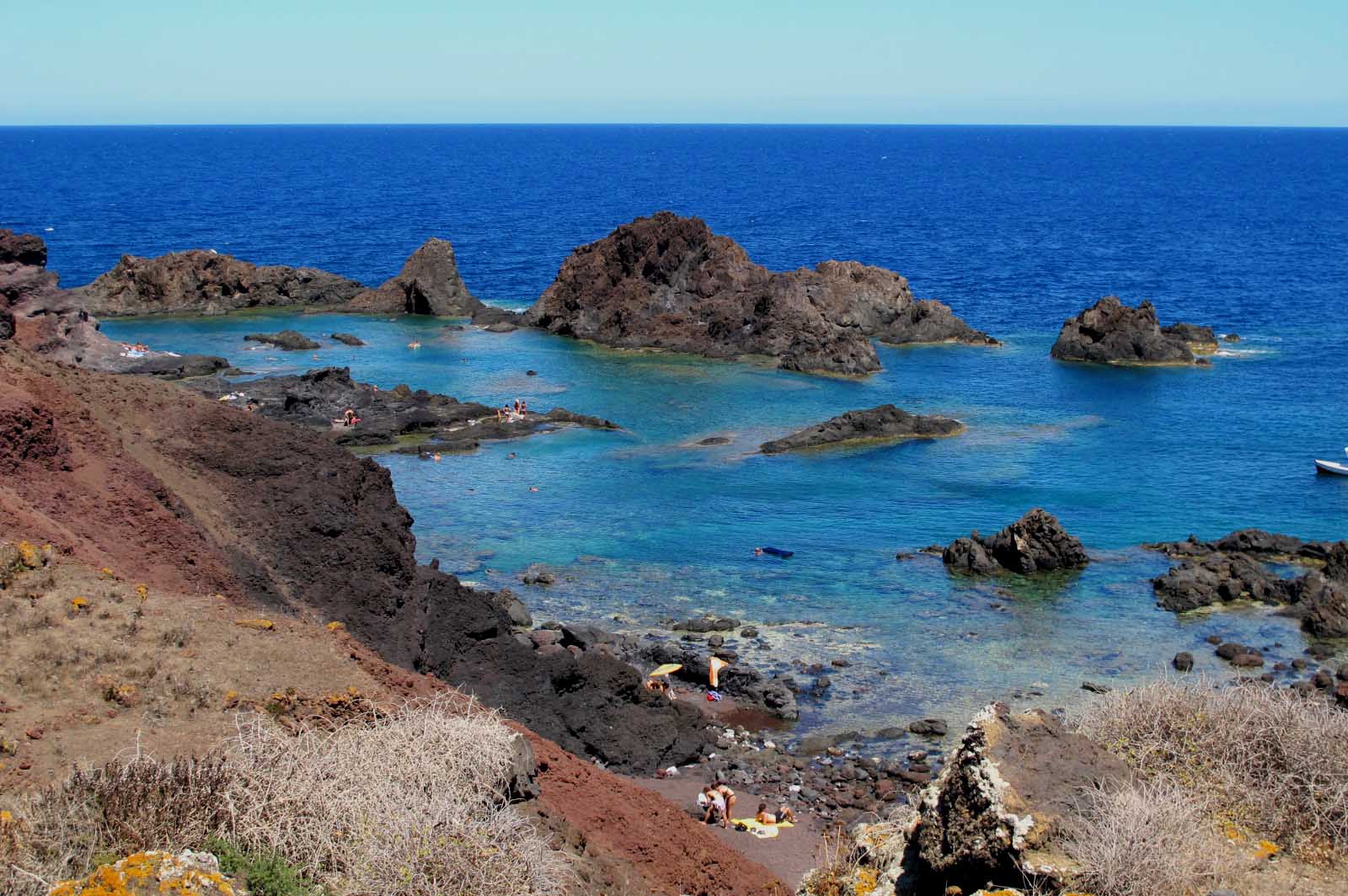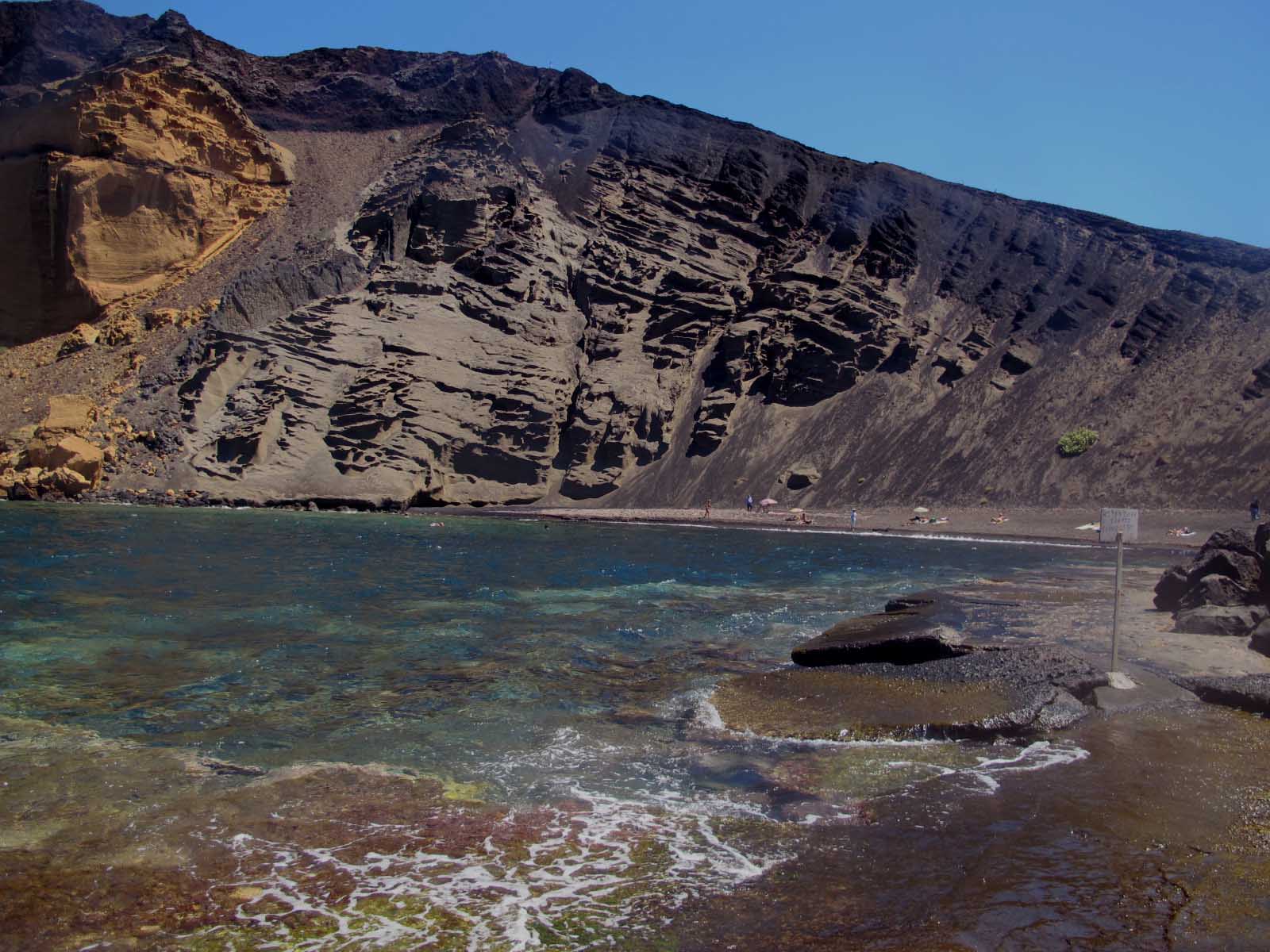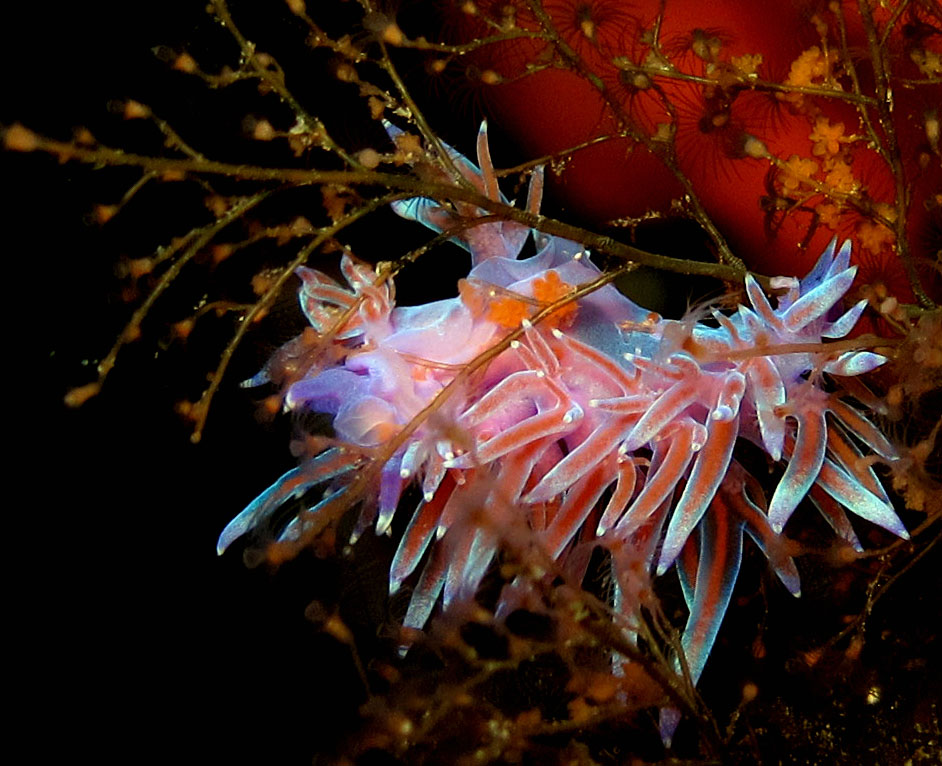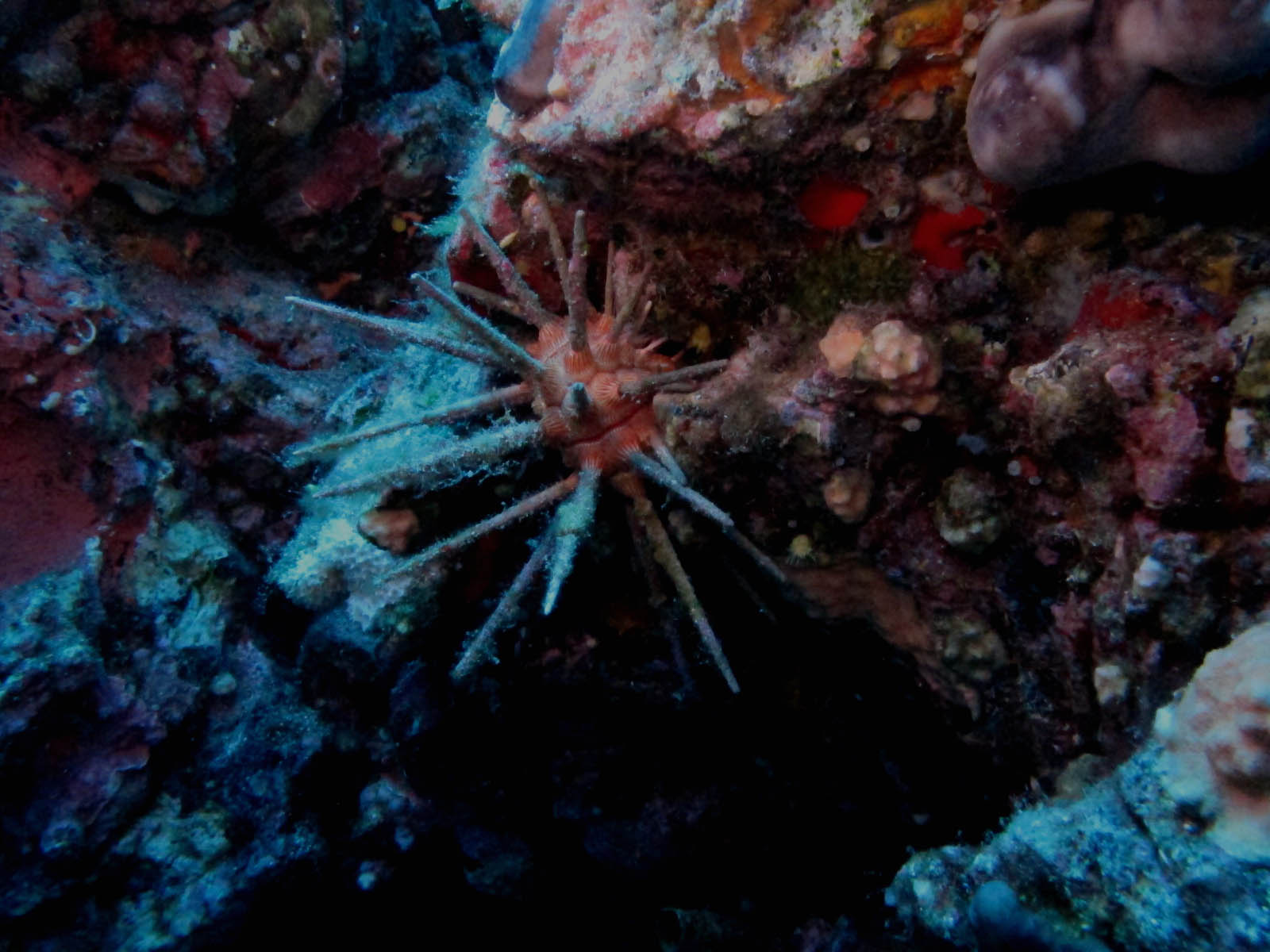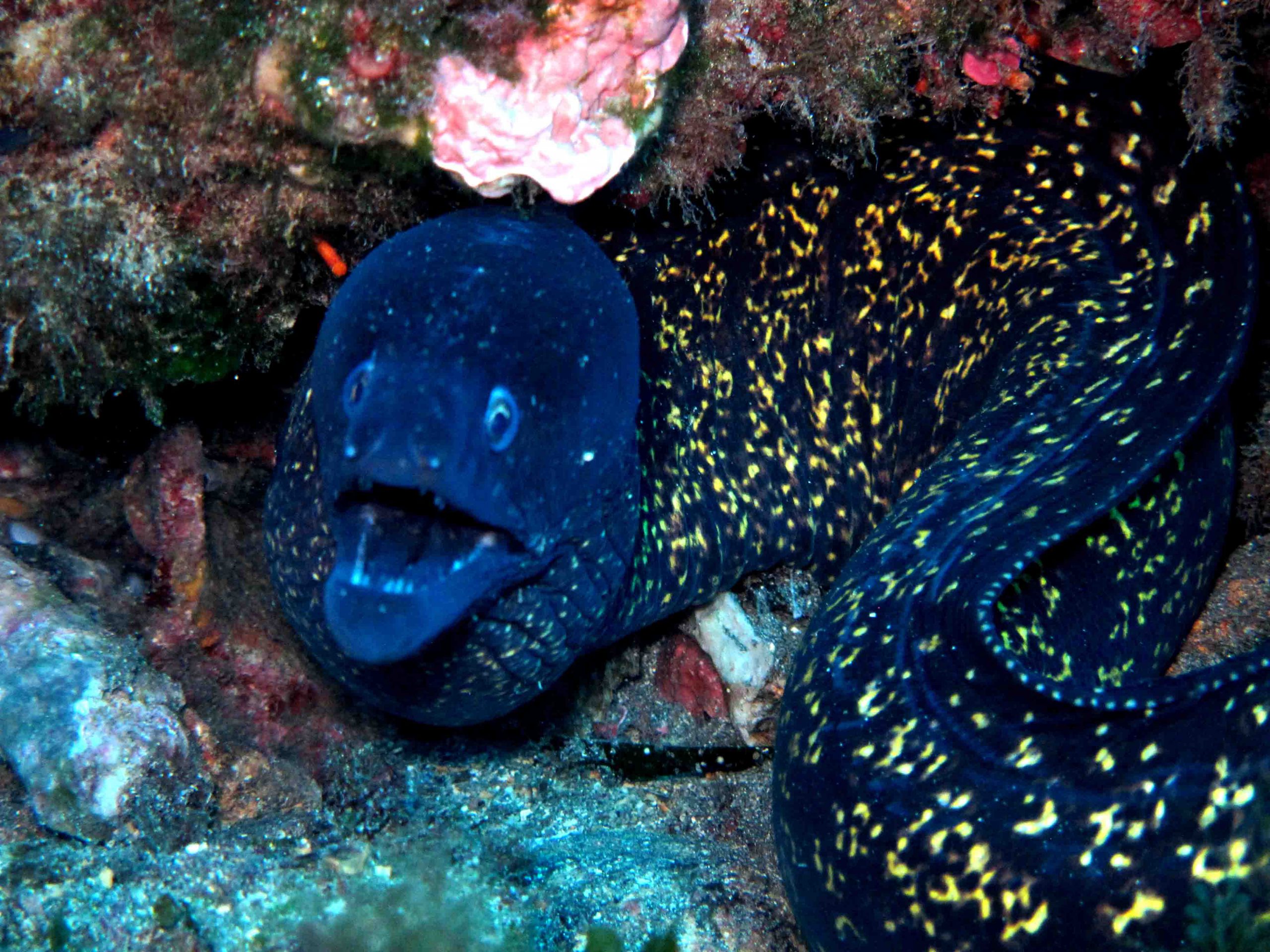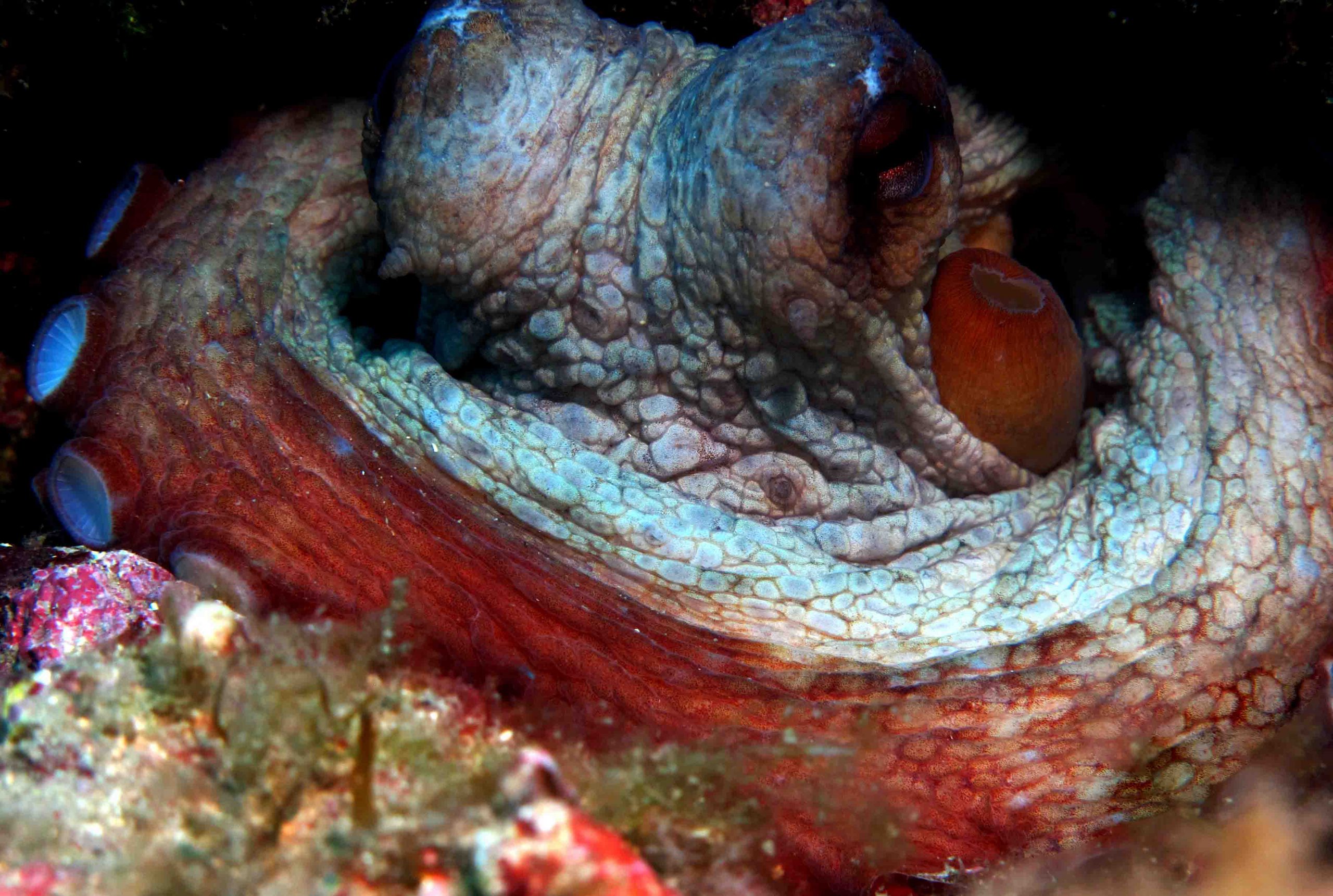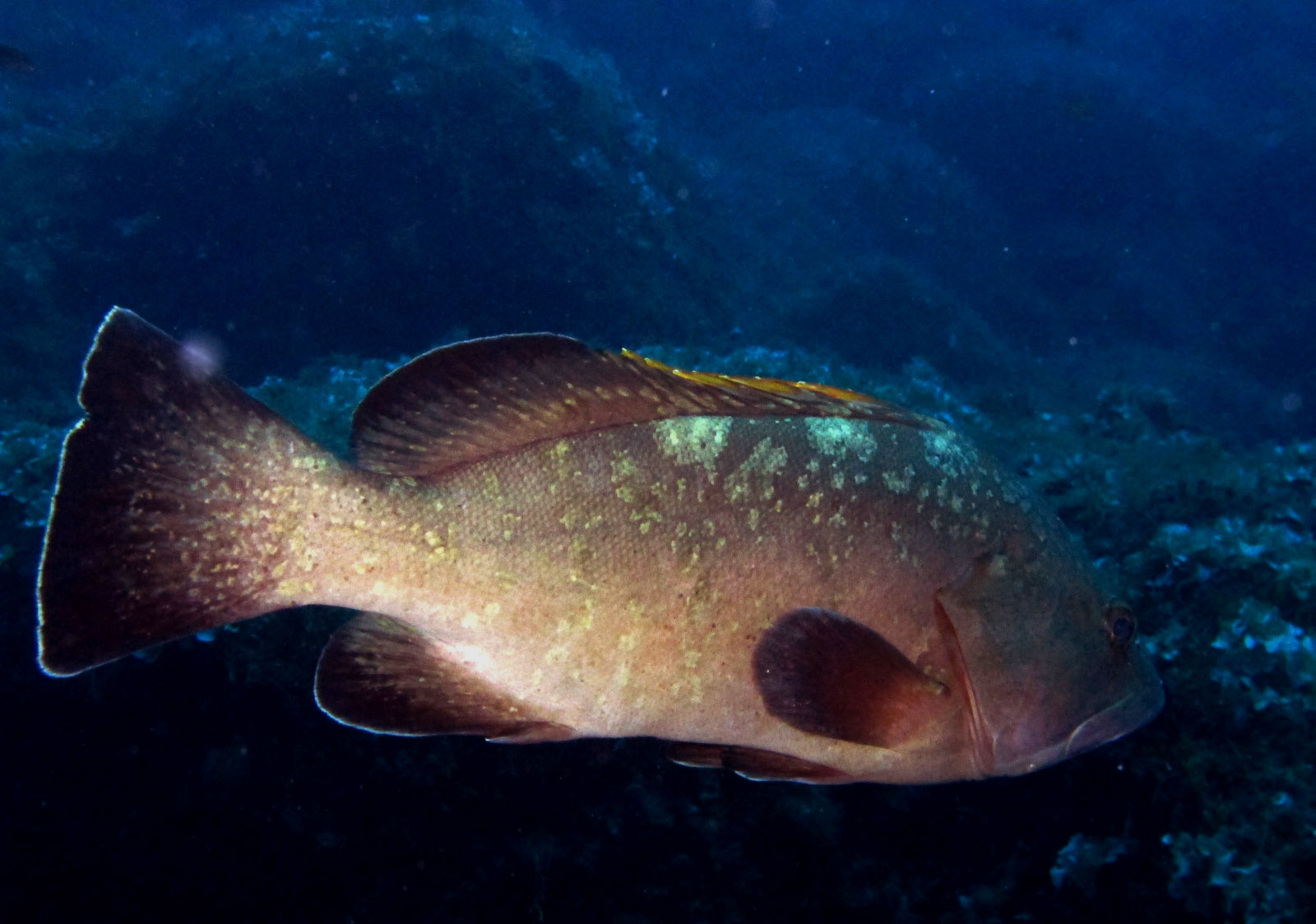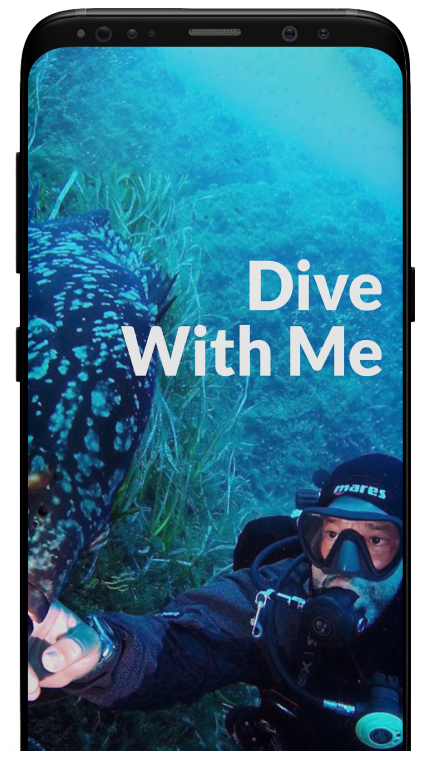A week of diving on a small island in the Mediterranean, far from the world, quiet, immersed in the silence, wild but not difficult.
A week that brings me back to those moments of necessary solitude, with only the company of the sea.
Moments that my being a social animal occasionally needs.
A volcanic island, with only one beach, famous because the Caretta Caretta turtles go there to lay their eggs. The land is black but very fertile. There are no major tourist facilities and worldly life is totally unknown. La terra è nera ma molto fertile. Non ci sono strutture turistiche di rilievo e la vita mondana è totalmente sconosciuta.
Questo è il racconto di come l’ho vissuta.
August 2011
As it happened to me for nine years now, I was in Pantelleria, lying on the ducchena of the Diving Cala Levante terrace.
The ducchena is a typical masonry seat that usually borders the terrace of the typical Pantelleria residences while the Diving Cala Levante, in addition to being the diving center of which I am a member, it has been my personal underwater dream for some years.
The 2011 summer is a special one. In the previous months, during an underwater archaeological research campaign, 2,500 ancient coins were found.
The echo of this company continued to hover and personally I felt a little tight.
So I decided to go abroad for a few days.
And so I found myself comfortably seated in the seat of the hydrofoil that from this year connects Pantelleria with Lampedusa and Linosa.
I brought with me a small trolley with the bare essentials to stay away from home for a few days and a mesh bag containing fins, boots, mask and a wetsuit.
I had not booked anything, in fact I was completely disinterested. I had the strange feeling that in Linosa it would be easy to find a place to sleep and a diving center for my dives.
It is a very small island, in the middle of the Mediterranean Sea, equidistant from Sicily and Africa. Its shape is almost circular and, like Pantelleria and unlike nearby Lampedusa, it is of volcanic origin. It even seems that they originated from the same volcanic axis.
In ancient times it was first used by the Romans as a base during the Punic Wars and was subsequently dominated by the Saracens, Normans, Angevins and Aragonese.
It remained uninhabited until 1845, when Ferdinand II of Bourbon decided to colonize it by settling thirty people from Ustica, Agrigento and (once again) Pantelleria.
It was only in the sixties that the Italian government decided to invest to lend a hand to the growth and development of the island. The docking piers were built and in 1985 the ferry ship Paolo Veronese docked for the first time at the Scalo Vecchio quay.
About 450 linosans live there who, despite the island’s resources are not particularly attractive, remain tied to their land, limiting the phenomenon of emigration to a minimum.
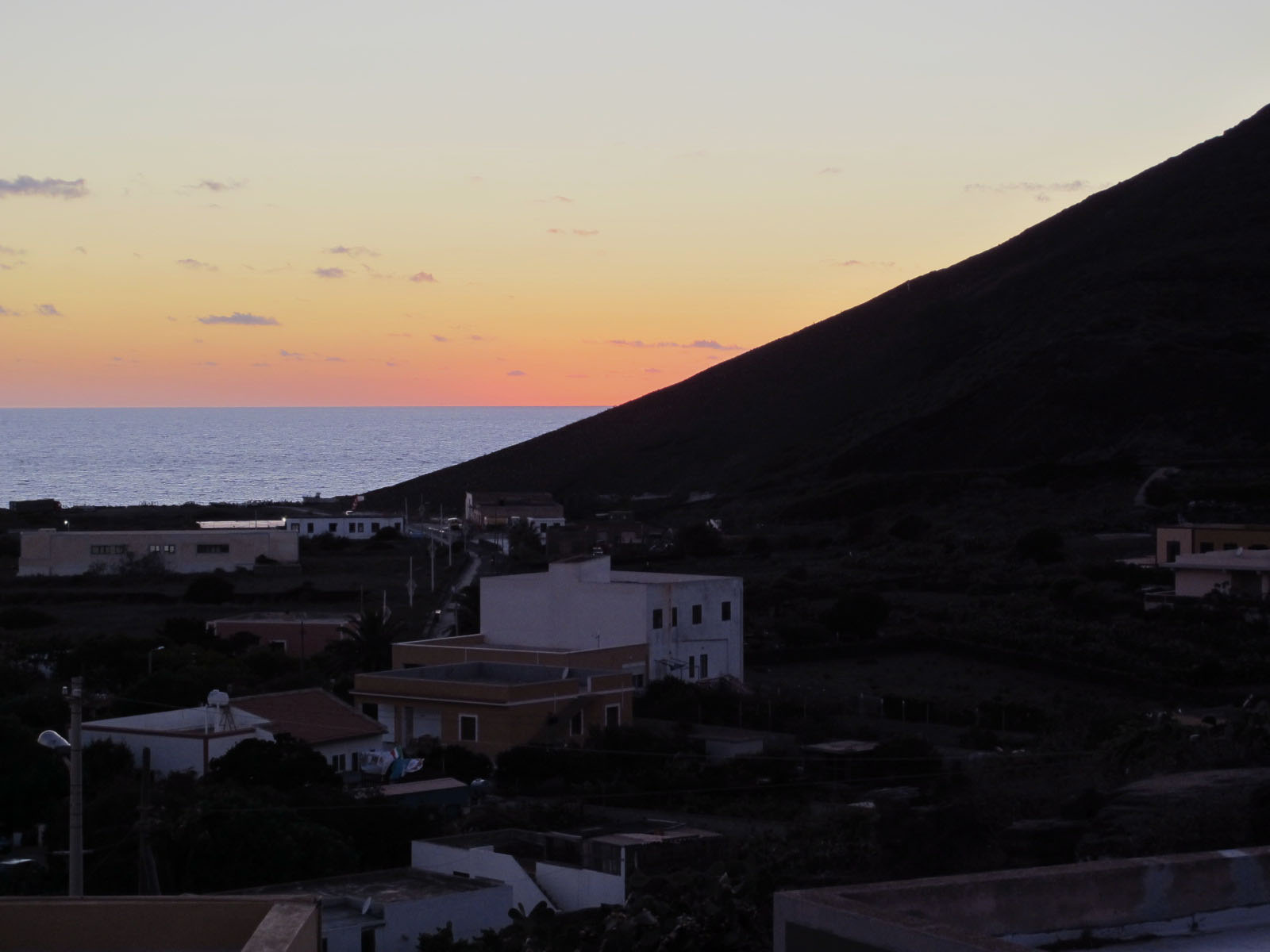
Disembarkation in Linosa in the late afternoon of August 10th. The sun is slowly and lazily setting. I am struck by the dark color of the earth which contrasts with the luxuriant Mediterranean scrub and the turquoise sea. I know this chromatic contrast well, it is the same as the place I come from.
I head towards a group of houses slightly to my right. They are all very colorful, from ocher yellow to blue to pink. The edges of the facades, doors and windows are outlined in red or blue. It is the capital, almost everything is contained here.
Only at that moment do I realize that I have to find a place to sleep, a means of getting around and possibly a diving center that will take me underwater tomorrow.
I decide to start with the simplest task: the search for the diving center. I call a dear friend who last year had been here on vacation who in a moment puts me in contact with Paolo Favari who manages the North Pole Diving Center.
Having accomplished the primary task of every good diver, I continue along the main road, in fact almost the only one, and I come across a small shop that gives me the idea of being a place where they rent scooters and bicycles. It is managed by a boy who will be about my age, he is a Linosan, his name is Gerlando. He lives here all year round, he moves from his island only and exclusively if necessary and lives mainly on tourism, repairing and keeping scooters and other two-wheeled vehicles, considering that here only residents can travel by car.
I find my means of transport and also a small but delightful typical house, owned by his family, which will host me for my stay.
I soon realize that the scooter I rented is even oversized for the place. Linosa is in fact very small, it turns all in an hour and then you return very often on their steps.
As Pantelleria is mountainous, it has an extinct volcano, the rock is lava and dark and it has a plain that unlike its larger cousin is cultivated with prickly pears.
In the village life goes very slowly. There are only three trattorias, a couple of bars, two minimarkets and a post office. There are no banks, thank goodness I stocked up on cash !!
But the time has finally come to go underwater.
The North Pole Diving Center is located not far from the main street. The headquarters are in a new, welcoming and clean building. Here there is certainly no lack of outdoor space, but there are also a couple of rooms that are used by staff and friends.
Paolo is a great guy. He is from Piacenza, he runs a diving club in the city and in the summer he moves to Linosa with his family to accompany divers in this turquoise-colored slice of sea.
Here the Mediterranean is what it used to be, harsh and wild. I am immediately struck by the morphology of the seabed evidently created by the volcanic eruptions that gave rise to the island. There are walls that sink sharply and straight into the abyss, shoals, ravines and colorful tunnels. Although a protected marine area has been established a few years ago, it seems that pelagic fish has always been at home.
Although it comes from a place renowned for its visibility, here the clarity of the water is truly impressive. Unfortunately, there is not an equally high biodiversity. The groupers and the learned dominate the scene but often you have the possibility to come across fantastic predators such as trevally, amberjacks and tuna.
The sharpness of its waters inevitably causes the total absence of gorgonians. The rocks, however, are covered with colorful sponges and inhabited by nudibranchs.
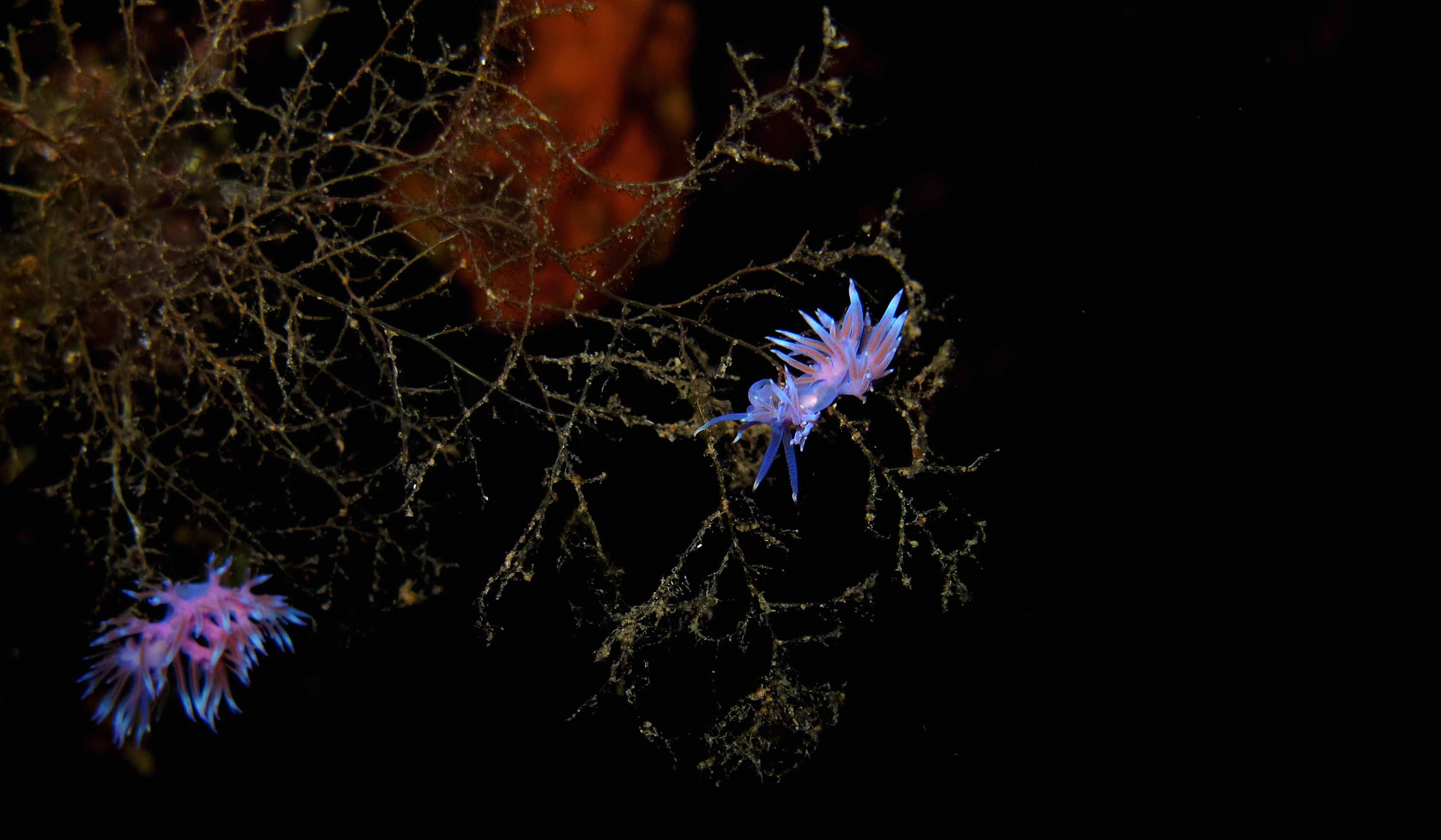
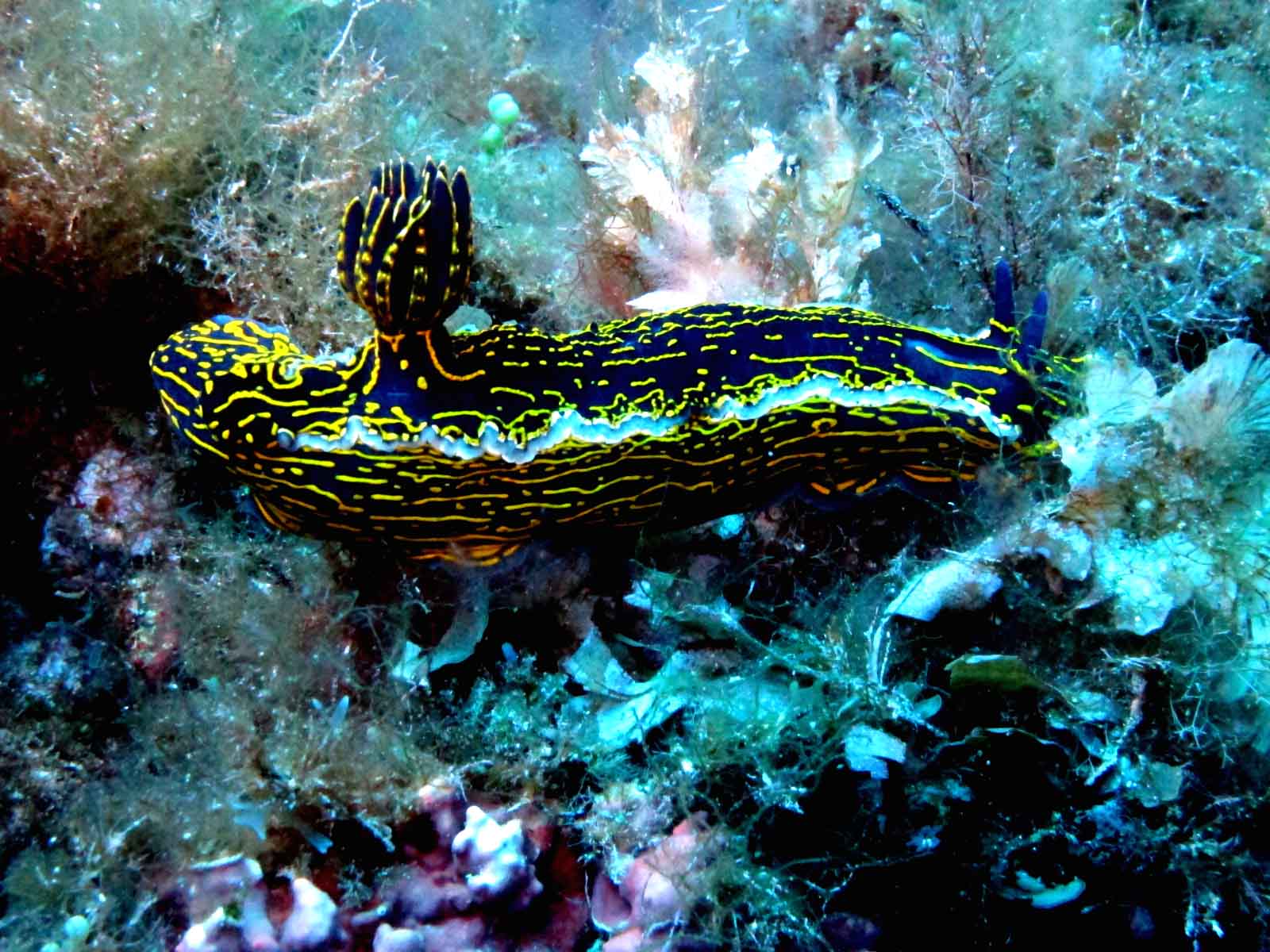
La Secchitella is a large shoal located in the south east of the island. It has the hat at a depth of three meters and drops, in some places very quickly, up to sixty meters. It is very large to the point that it usually takes at least a couple of dives to visit it all. I don’t have much time available so Paolo personally accompanies me for a dive that promises to be quite long.
I quickly descend, following the ridge facing the ground, up to the maximum altitude where I meet large groupers, brown and red, and a school of snappers hunting. However, I ascend almost immediately to maintain an average depth of no more than forty meters. The journey will be very long and with a 15-liter single cylinder you need to keep an eye on your consumption. The conformation of the rock has created dens and ravines from which brown groupers and ducts of smaller dimensions than the previous ones but always of important size emerge. Among the various holes there are beautiful moray eels and shy octopuses.
Going up the walls are covered with orange madrepores. Their polyps are open thanks to the fairly strong current.
Back on the hat. The decompression will be long but is enlivened by pagri, tanute and colorful Mediterranean parrot fish. On the rocks and on the algae I also find some very interesting nudibranchs.
But the dive that cannot be missed in Linosa is the Secca di Pietro Tuccio.
It’s the last day and I want to end with a flourish. The sea conditions allow it. Let’s go back to the southeast, this time we are much further from the coast. There is no mooring, the top of the shoal is 32 meters deep. Since there is also a little current, we fly down and catapult ourselves down. We are a select few and I immediately understand why.
The top of the shoal is wide enough to allow us a safe glide. In the middle I find a saddle that quickly leads me to the maximum depth. The transparency of the water makes everything seem close at hand. As I go down I see clearly below me the landslide which is almost at -60. The adrenaline rises as I reach it and certainly the narcosis also increases. Under there, giant groupers swim, quiet and undisturbed. In the background, snappers appear here and there. In some moments ready to launch an attack and in others quiet and peaceful.
I ascend after a few minutes to a lower altitude. The show I see, from bottom to top, is unique. Amberjack, tanute and barracudas swim in an ecosystem that unfortunately in the Mediterranean is now difficult to find.
Unfortunately it is time to go back up, a long ascent and an even longer decompression await me than with the aid of a pedestrian and our signal balloons.
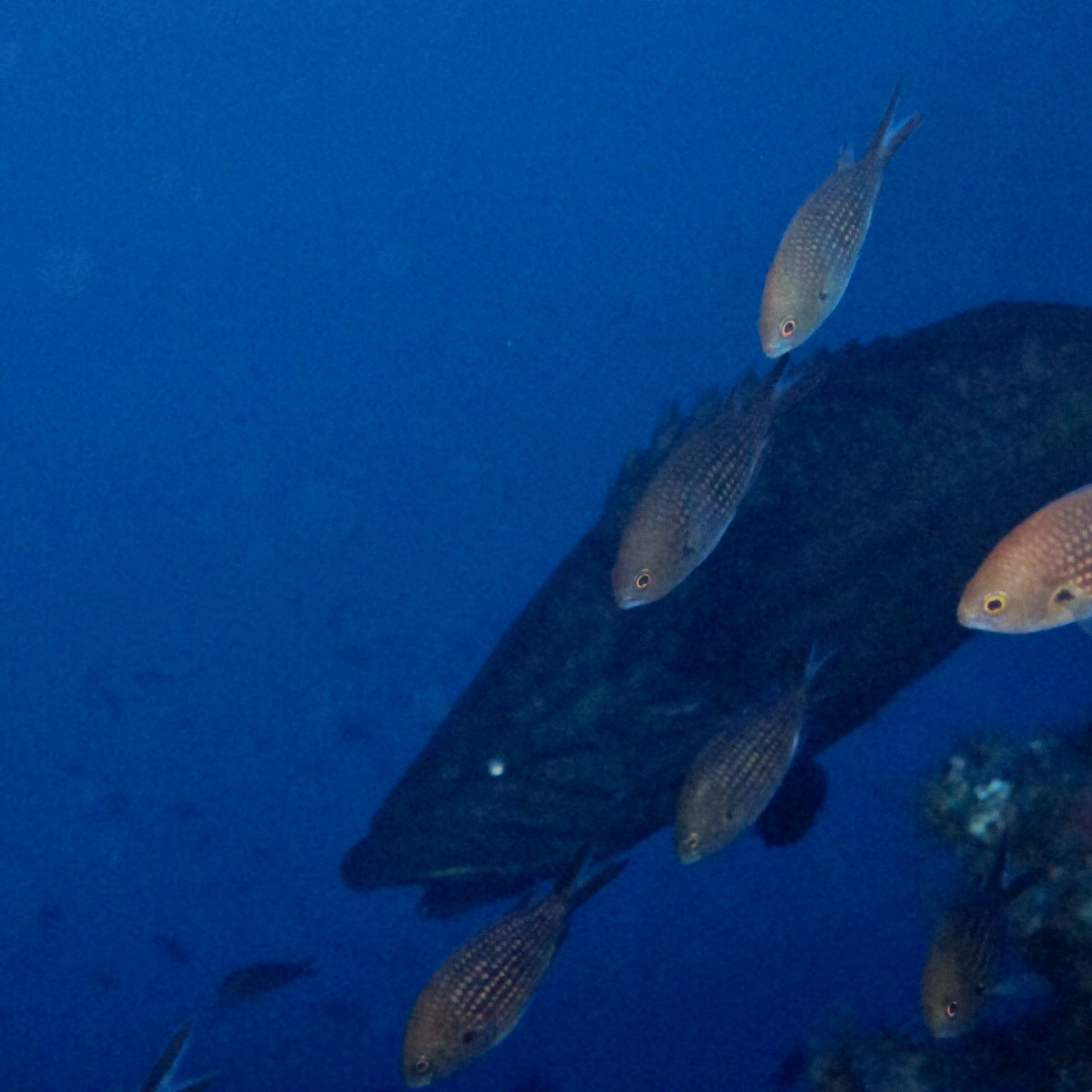
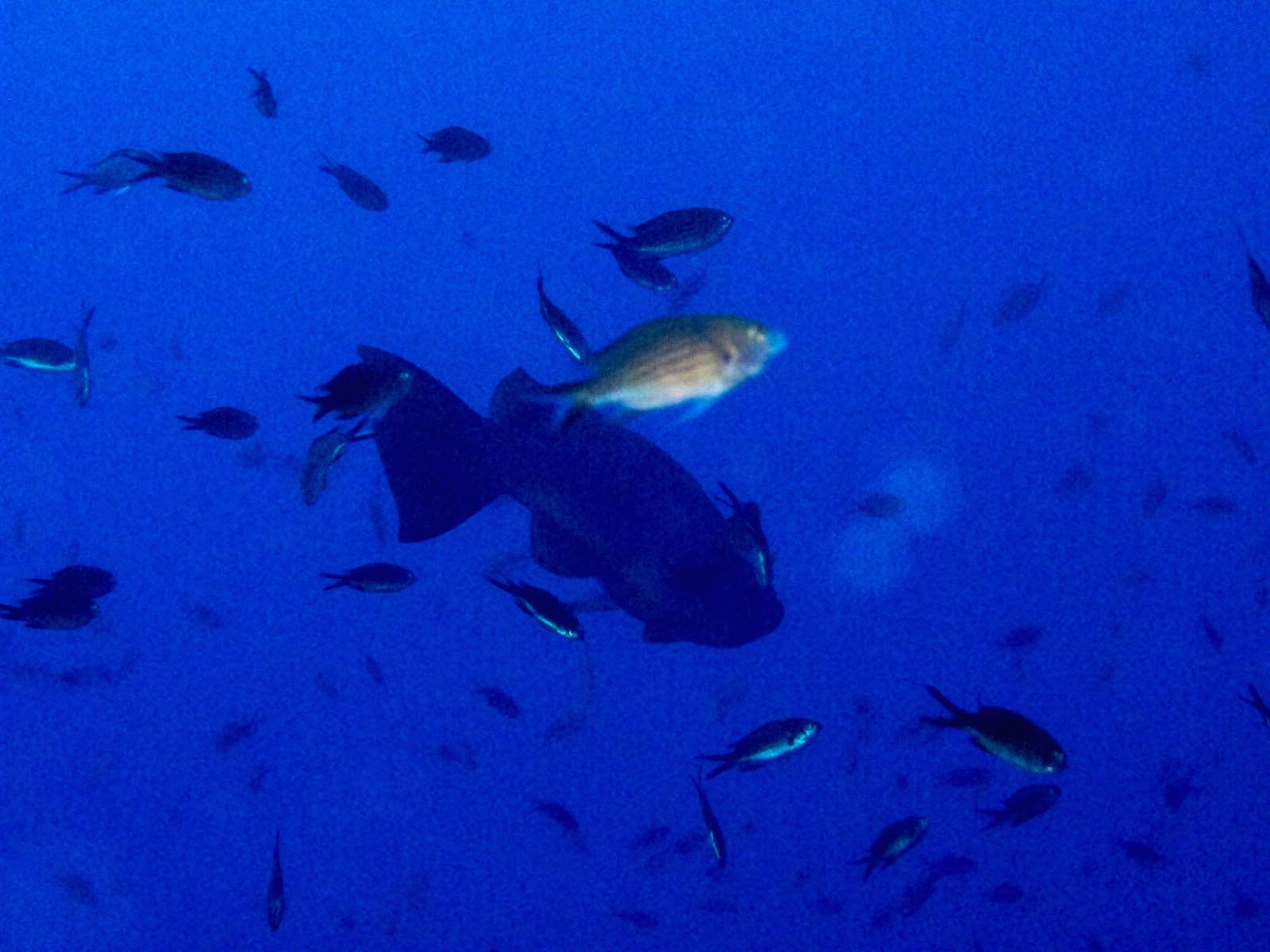
From the window of the small studio of my Turin home I observe the elegant Baroque palaces of the first capital of Italy. It’s starting to get cold outside.
The memory of a summer warms my heart. The memory of the week spent on this small island, far from the world, silent, peaceful, wild but not difficult, brings me back to those moments of necessary solitude that my being a social animal sometimes needs.
Today the hydrofoil that left Pantelleria to go to Linosa no longer exists.
To get there, you need to take a ferry from nearby Lampedusa, which can in turn be reached by plane.
Obviously it is good to go there in the summer, in this period you would find a few hundred souls including probably Gerlando.
Who you probably won’t find is Paolo Favari. Wandering around on Google I discovered that the North Pole Diving Center has closed permanently.
However, if the news is confirmed, I know there is someone else.
These are the dives I got from my logbook:
Dalla finestra del piccolo studio della mia casa torinese osservo gli eleganti palazzi barocchi della prima capitale d’Italia. Fuori sta iniziando a far freddo.
Il ricordo di un’estate mi riscalda il cuore. Il ricordo della settimana trascorsa in quest’isola piccola, lontana dal mondo, silenziosa, tranquilla, selvaggia ma non difficile mi riporta a quei momenti di necessaria solitudine dei quali il mio essere animale sociale ogni tanto ha bisogno.
Oggi l’aliscafo che partiva da Pantelleria per andare a Linosa, non esiste più.
Per arrivarci è necessario traghettare dalla vicina Lampedusa, a sua volta raggiungibile con l’aereo.
Ovviamente è bene andarci in estate, in questo periodo trovereste qualche centinaio di anime tra cui probabilmente Gerlando.
Chi probabilmente non troverete è Paolo Favari. Girovagando su Google ho scoperto che il Diving Center Polo Nord ha chiuso definitivamente.
Comunque, se la notizia fosse confermata, so che ce n’è qualcun altro.
Queste le immersioni che ho ricavato dal mio logbook:
- The arches
- Punta Calarena
- The pools
- The stacks
- The lighthouse
- The mannarazza
- The secchitella
- Secca by Pietro Tuccio
👌
If you liked this article you might find this interesting on Pantelleria


